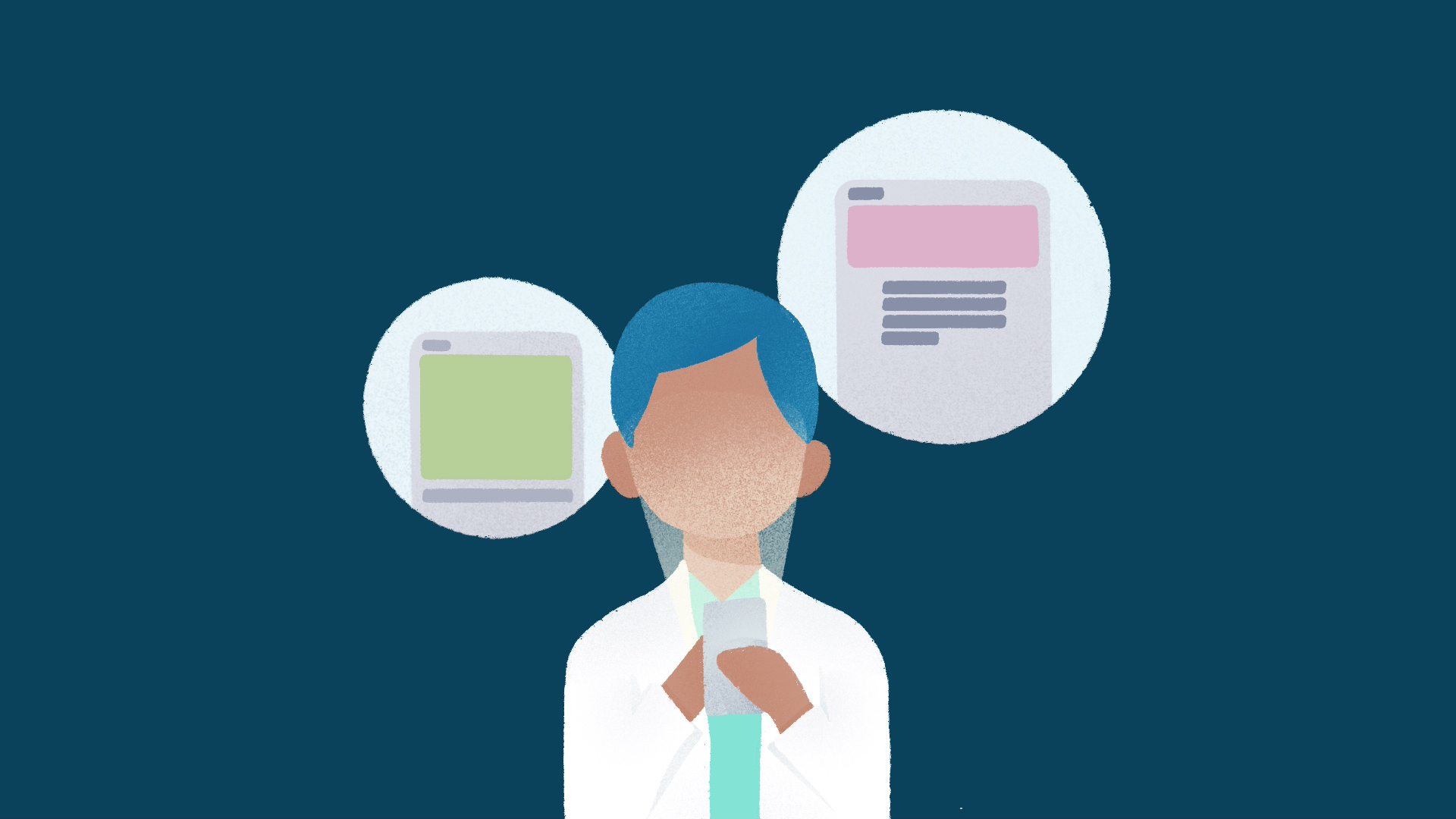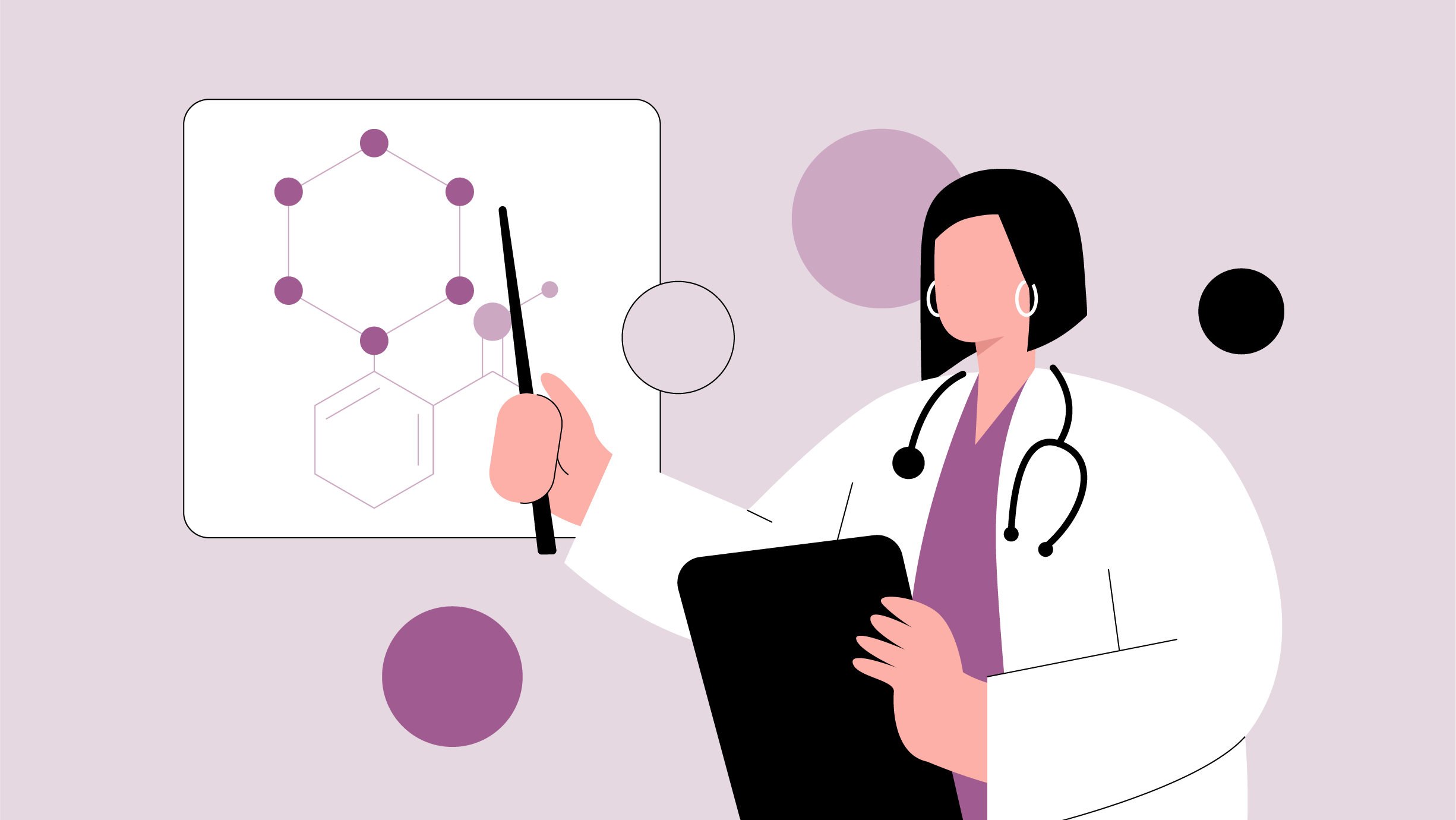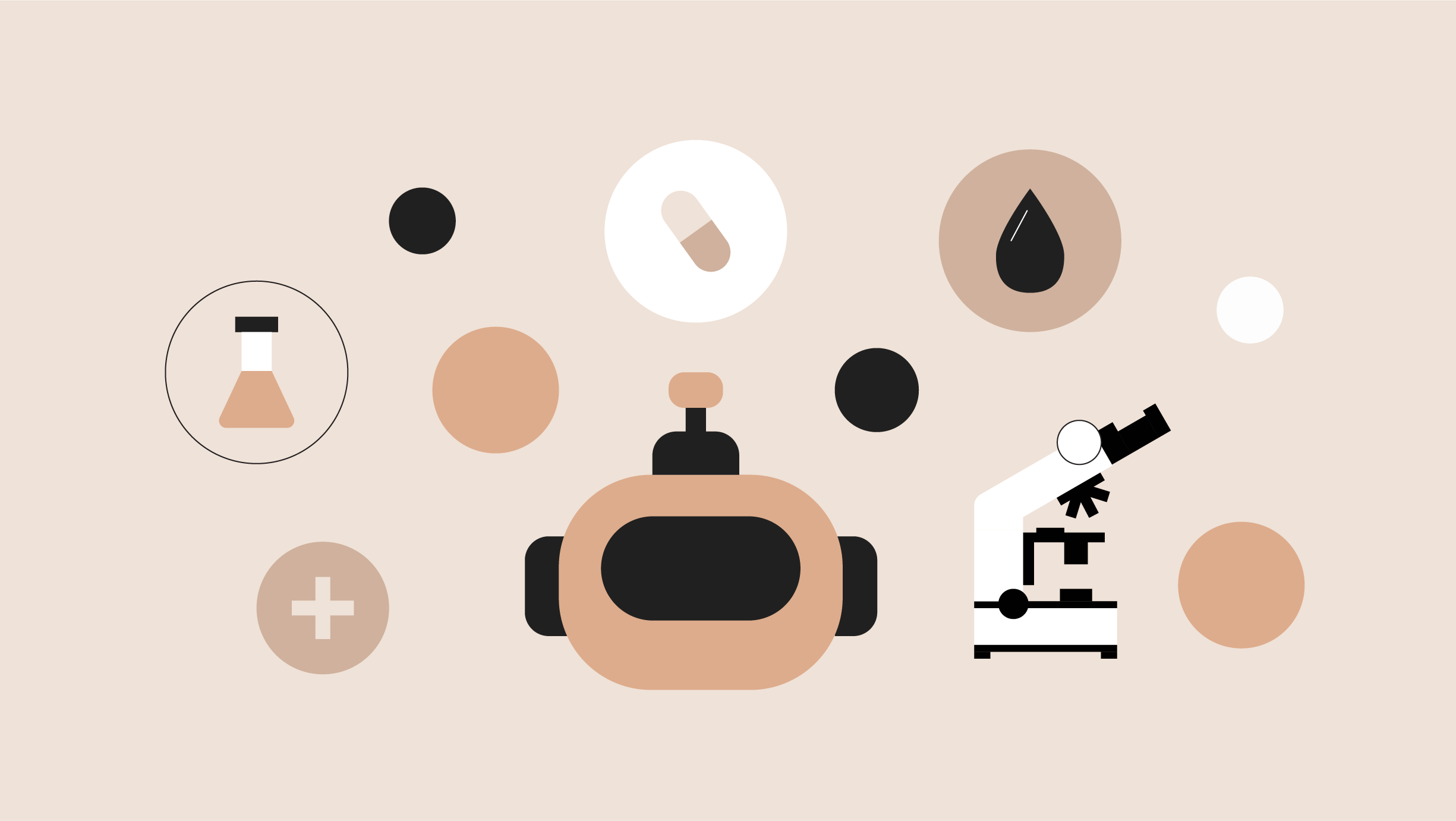What should I tell my care team before I take this medication?
They need to know if you have any of these conditions:
-Eating less due to illness, surgery, dieting, or any other reason
-Heart disease
-Low adrenal gland function
-Pancreatic tumor
-Pheochromocytoma
-Poor nutrition
-An unusual or allergic reaction to glucagon, other medications, foods, dyes, or preservatives
-Pregnant or trying to get pregnant
-Breast-feeding
What may interact with this medication?
Interactions are not expected.
This list may not describe all possible interactions. Give your health care provider a list of all the medicines, herbs, non-prescription drugs, or dietary supplements you use. Also tell them if you smoke, drink alcohol, or use illegal drugs. Some items may interact with your medicine.
What should I watch for while using this medication?
If you receive this medication as part of a diagnostic test, follow your care team's advice for eating and drinking after the procedure.
If you have this kit to help treat low blood sugar:
Always get immediate medical help after receiving an injection of this medication. This is very important. Do this even if you respond to the medication and are alert.
Keep this kit with you at all times. Wear a medical identification bracelet or chain to say you have diabetes, and carry a card that lists all your medications.
Show your family members and others where you keep this kit. Make sure that you and your family or caregiver know how to use this kit the right way before you need it. They need to know how to use it before you need it.
Learn how to check your blood sugar. Learn the symptoms of low and high blood sugar and how to manage them.
Always carry a quick-source of sugar with you in case you have symptoms of low blood sugar. Examples include hard sugar candy or glucose tablets. Make sure others know that you can choke if you eat or drink when you develop serious symptoms of low blood sugar, such as seizures or unconsciousness. They must get medical help at once. Also, remind others that they may need to give you this medication injection before medical help is available. A repeat injection may be needed while waiting for medical help.
After you are alert and can swallow after an injection of this medication, you should eat or drink some carbohydrates to prevent continued low blood sugar.
Do not drive or operate machinery until you are alert and have eaten sugar or a sugar-sweetened product such as a regular soft drink or fruit juice.









